Tanakh as a Tool for Building Identity
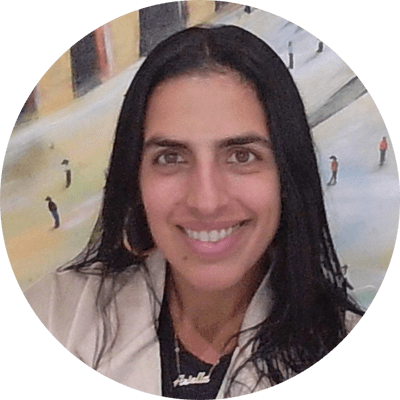
Ariella Falack graduated from Allegra Franco School of Educational Leadership in 2009, holds a Tanach Educators certificate from Herzog College and a Masters degree from Azrieli Graduate School, where she is pursuing her doctorate. In 2016, she won the Jewish Education Project Young Pioneers Award for her work in Jewish education. She is a teacher of Tanakh and Halakha in the Yeshiva of Flatbush Joel Braverman High School.
Jewish tradition holds Torah teachers in high esteem, viewing them as more than just conveyors of knowledge. They are seen as spiritual and moral guides, shaping the character and identity of their students. In The Lonely Man of Faith, Rabbi Soloveitchik emphasizes that the role of the Torah teacher goes beyond intellectual instruction; they facilitate a divine encounter, guiding students toward a deeper connection with God. The Talmud (Bava Metzia 33a) elevates the honor due to a Torah teacher above even that of one’s parents, as the teacher introduces the student to the “world to come” through their instruction—a profound form of giving life. These texts paint a picture of the Torah teacher as a builder of Jewish identity, imparting values that help shape a student’s character and moral foundation.
As day school students progress through their educational years they encounter role models like Abraham, Moses, Sarah, and Hana whose stories inspire reflection on the real-life challenges faced by historical figures and the character traits that enabled them to overcome adversity. These narratives are essential in shaping the imaginations and identities of students.
In recent years, the tools available for studying Torah have expanded dramatically. Scholars and educators now utilize literary analysis, deep dives into the commentaries, and intertextual studies, enhanced by a rapidly growing library of online resources. These offer unparalleled opportunities for rigorous study of Tanakh. However, while scholarly precision is important, I propose that educators take the additional step of ensuring that the sacred messages of the texts are internalized. Teaching students to think critically—even about religious texts—will equip them to adapt these teachings when they face personal challenges. The process of identity formation should be central to the educator’s mission, ensuring that students not only learn Torah, but also grow through it.
A multi-dimensional approach to identity formation acknowledges that students, specifically adolescents, are not only shaping their personal identities but also grappling with the complexities of their religious identities. Adolescence is a critical developmental period characterized by exploration, self-discovery, and significant cognitive and social changes. Many theoretical frameworks, such as Piaget’s theory of disequilibrium and Erickson’s theory of identity vs role construction, have been used to describe this stage. Adolescents explore different aspects of themselves, experiment with roles, and seek to understand who they are as individuals. Adolescents may experience confusion or conflict as they try to reconcile different aspects of their personalities and values, leading to periods of exploration and potential identity crises. Adolescents often question their religious beliefs and level of commitment, exploring different religious practices and beliefs. This exploration can lead to reaffirmation, modification, or even rejection of previously held religious views.
Adolescents often navigate personal and religious identity simultaneously, with each dimension influencing the other. The process of religious identity formation can be fraught with uncertainty as adolescents encounter conflicting beliefs, societal pressures, or discrepancies between personal experiences and religious teachings. The adolescent frontal lobe section of the brain is yet to be matured and therefore unable to synthesize the dissonance through higher-order thinking on its own.
In my classroom, I recently taught Parashat Yitro to 11th -grade girls in a Modern Orthodox setting. We began by exploring key questions, such as, “What does it mean to be a ממלכת כהנים וגוי קדוש (a kingdom of priests and a sanctified nation)?” and “What can we learn from Yitro, the priest of Midian?” Starting with the verses, we delved into their literal meaning, encouraging each student to ask questions about what intrigued them. Throughout the lesson, we kept these questions visible, guiding our learning as we studied classical commentators like Ramban, Ibn Ezra, and Or HaHayyim, along with more modern interpretations.
Rather than concluding the lesson with a summary of the similarities and differences between the commentaries and testing the students on the content, we extended the discussion over a few more lessons. We examined the real-world implications of living as a sanctified nation in the 21st century—a nation both diverse and unified. The students had the opportunity to process this complexity individually and then share their insights during a Socratic seminar, where each one articulated her thoughts. We concluded with a conversation on the importance of finding personal meaning in the material we studied, returning to the questions raised at the start of the lesson for reflection.
Environments that meet the needs for competence, autonomy, and relatedness are crucial for supporting identity formation. These environments can foster internal motivation and personal growth in students. When students feel competent, autonomous, and connected to others, they are more likely to engage in authentic learning experiences that contribute to identity development. Socialization processes such as unconditional love, providing rationale, and encouraging independent religious thinking allow for religious practices and beliefs to be internalized as “choiceful” and authentic. Internalization refers to the process by which external influences and teachings are absorbed into an individual’s belief system, becoming an integral part of their identity. Rabbi Aryeh Ben David emphasizes the importance of processing in education, particularly in religious teaching. He famously stated, “Any teaching without processing, never happened.” This statement underscores the idea that for teaching to be effective, it must be accompanied by reflection, understanding, and personal engagement.
When teaching Tanakh, just like any other subject taught in school, educators should be thinking about the role that both they and their curriculum play in the overall mission, vision, and goals of their school. Educators need to be intentional about creating an environment where authentic learning takes place. Having an overall blueprint can bridge the gap between planned and spontaneous learning experiences, and serves as a comprehensive plan that outlines the goals, strategies, and assessment methods for learning. It provides a clear direction for both teachers and students, ensuring that learning experiences are purposeful and aligned with educational objectives.
In conclusion, as Torah educators, it is crucial to recognize that the teaching of Jewish texts is not solely about imparting knowledge but about guiding students on a journey of self-discovery and identity formation. The texts of the Torah and Jewish tradition offer rich resources for building both personal and religious identities. By fostering environments that promote critical thinking, reflective processing, and authentic engagement, educators can help students internalize the values and teachings of Judaism in a meaningful way. Just as Rabbi Soloveitchik emphasized the teacher’s role as a facilitator of divine encounters, so too must modern educators strive to be intentional about the impact they have on shaping the future of their students—spiritually, morally, and intellectually. When done thoughtfully, religious education not only preserves tradition but also empowers students to become the next generation of Jewish leaders, thinkers, and community builders.

Ariella Falack graduated from Allegra Franco School of Educational Leadership in 2009, holds a Tanach Educators certificate from Herzog College, and a Masters degree from Azrieli Graduate School, where she is pursuing her doctorate. In 2016, she won the Jewish Education Project Young Pioneers Award for her work in Jewish education. She is a teacher of Tanakh and Halakha in the Yeshiva of Flatbush Joel Braverman High School.

From The Editor: Winter 2025
It is one of the oldest literary collections ever written and still very much in circulation. Public readings (and celebrations) of its text are practiced in nearly every synagogue in the world in a regular, fixed cycle. It has been analyzed and studied by religious luminaries, academic scholars, and lay people, and has been studied and taught more times than we can count, with hundreds if not thousands of published commentaries. It plays a central role in all of our lives. One would think that by now we would have a pretty clear idea of what content from Tanakh should be taught and how it should be approached pedagogically at various age levels. And yet, a mountain of anecdotal evidence reveals that there is a huge range in what is taught, why it is taught, and how it is taught.

Tanakh Hats for Meaning Making: A Multi-Perspective Approach to Biblical Text Study
In our ongoing quest to enhance Tanakh education, we’ve developed a fresh approach that energizes both teachers and students while promoting diverse interpretations, critical thinking, and collaborative learning. Inspired by Edward de Bono’s Six Thinking Hats, this method encourages learners to view Tanakh texts from multiple perspectives, offering deeper understanding and fostering connections between foundational Jewish texts and modern life. The Tanakh Meaning Making Hats (TMM Hats) approach equips students with various interpretive tools to explore familiar perspectives and discover new ones, building understanding through both familiar and novel frameworks. This method, grounded in constructivist learning theory, enables students to construct knowledge actively, allowing them to examine texts from varied angles.
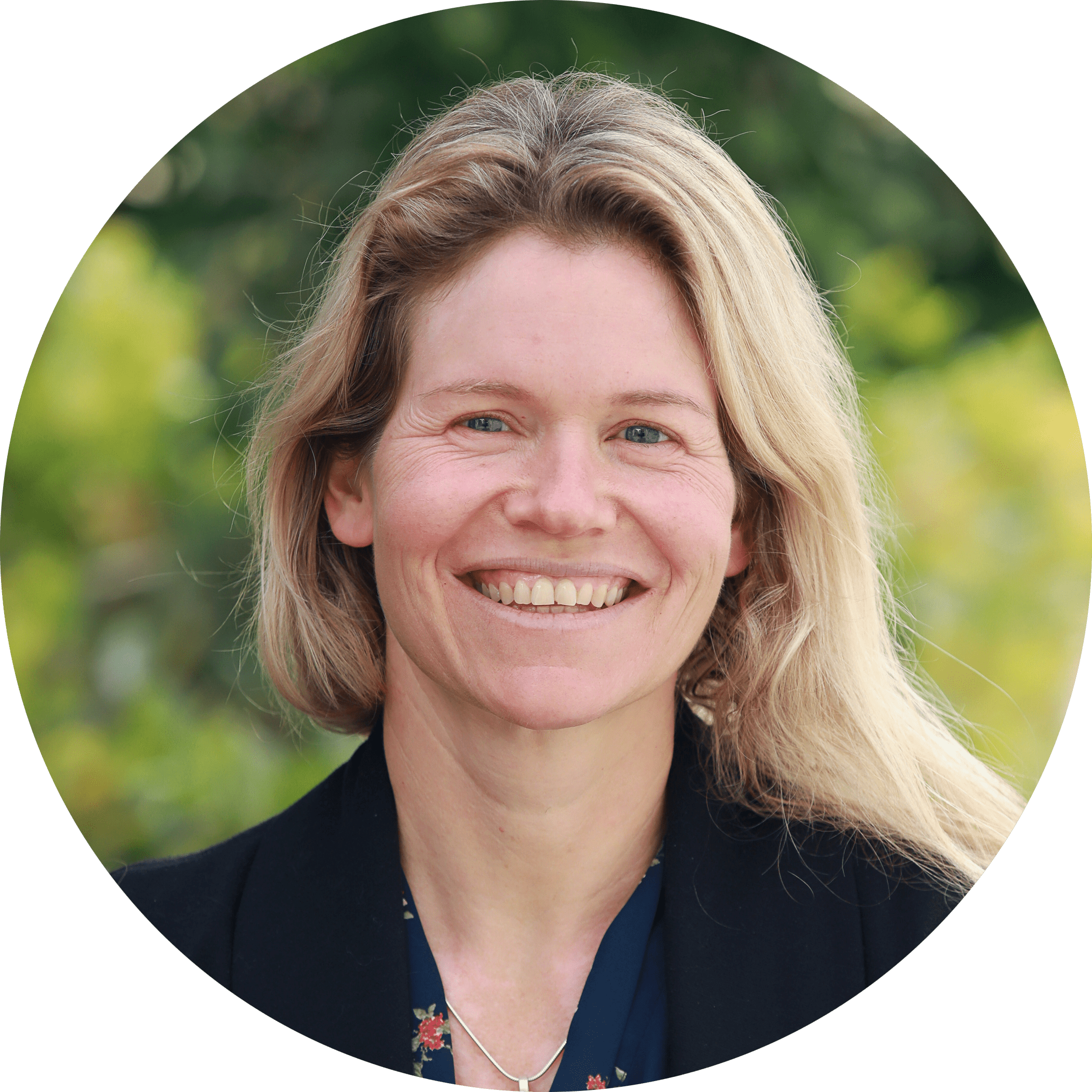
From Consumption to Production: Equipping Students to Create Torah
In the realm of Tanakh education, there is a tendency to focus on the consumption of Torah knowledge, where students engage in the study, understanding, and analysis of sacred texts. While amassing a critical base of knowledge is undeniably essential, I believe that shifting from students-as-consumers to students-as-producers—in which students not only absorb the teachings but also create and contribute their own interpretations and insights that can be shared publicly—is equally essential. How can we teach students to produce a deep analysis of Torah and not just consume others’ commentary? How do we encourage students to think for themselves while teaching other valuable lessons in the process?

Innovating Teaching Tanakh
What I observed one day in my visit to an English Language Arts (ELA) classroom last year opened my mind to completely new ways of teaching Tanakh, leading to greater student engagement.I work at a pluralistic elementary school that emphasizes growth mindset and continued development for each educator. One specific policy that helps educators learn from each other is the requirement to visit at least two other classrooms every semester. This routine fosters a genuine culture of professional growth, where teachers share ideas, observe varied teaching methods, and offer constructive feedback. I’ve always found these observations beneficial, but one visit left a lasting impact on my approach to teaching Tanakh. Stepping into Mrs. Michelle Petrova’s 6th grade ELA classroom, I was greeted with an incredibly vibrant atmosphere.

Teaching the Halakhic Sections of the Torah
Much of the discussions we find about teaching Humash focus on the narrative portions—Genesis, the story of the Exodus, the wanderings in the wilderness. To a large extent that makes sense, as they provide students with their origin stories—so critical for building the foundations of identity—and are inherently interesting, as stories tend to be. That being said, there is another half of the Torah, whose nature is primarily legal. While some skip it intentionally or somehow “don’t get around to it,” for others it is no less important to teach, even though the content often doesn’t lend itself easily to grab and hold the students’ attention. As with any teaching, we must first identify what we want to achieve before we can think about how we want to do it.
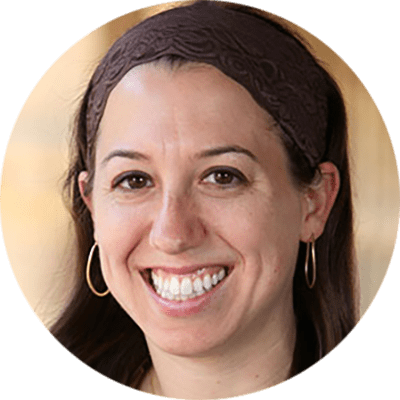
Teaching Tanakh: A New Perspective on Pedagogy
As many teachers of Tanakh know, the Tanakh classroom serves as a crucible for interpreting sacred texts, particularly in theologically and denominationally diverse day schools, camps, and beit midrash settings. The question I wish to explore here is: how do Jewish educators navigate the complex landscape of multiple orientations towards Tanakh that they might find in the seats of their classroom and make sure to empower all their students as interpreters? Central to my own Tanakh teaching, at almost every grade level, in almost every type of day school context, is the realization that my students don’t read Tanakh according to the same orientations or literacy practices, but it would be helpful if they did—at least for the duration of my class.
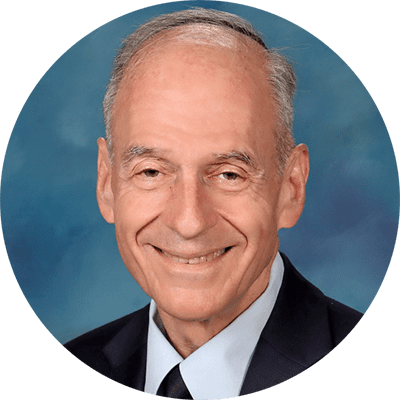
Tanakh Study and Reader Response
“My students insist on translating every pasuk (verse) into English and then using their translation to answer the questions. How can I get them to work from the makor (original text)?”“When I give in to their learned helplessness and teach them an interpretation, they can’t identify the problem in the pasuk that the interpretation comes to solve, and then they get stuck on the one understanding I presented and won’t consider an alternative. How can I help them think for themselves?” “I want my students to identify with the avot (patriarchs) and imahot (matriarchs) and learn from their example. But they somehow can’t relate to them as role models. What am I doing wrong?”Sound familiar? For years these complaints were a constant refrain from my Tanakh-teaching colleagues.
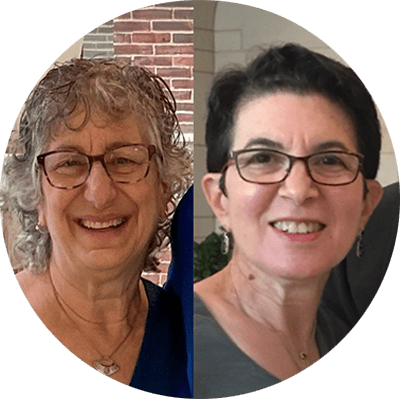
Vision, Lenses, and Focus: Bringing Clarity to Tanakh Curriculum with Standards
Any Tanakh text, whether narrative or legal, contains an abundance of ideas, elements, and complexities, and has the potential to raise countless questions. How does a school community decide which of them to pursue?Nechama Leibowitz, quoted by Shmuel Peerless in To Study and to Teach: The Methodology of Nechama Leibowitz, wrote that educators have……to decide what to leave out and what topics should not be touched, because it is pointless to tackle a number of different topics and problems superficially or incidentally in a chapter. It is preferable to concentrate on just a few topics, but in depth (p. 15). Standards serve as powerful tools for deliberating about a vision for Tanakh education and for shaping Tanakh curriculum once the school’s vision is clear.
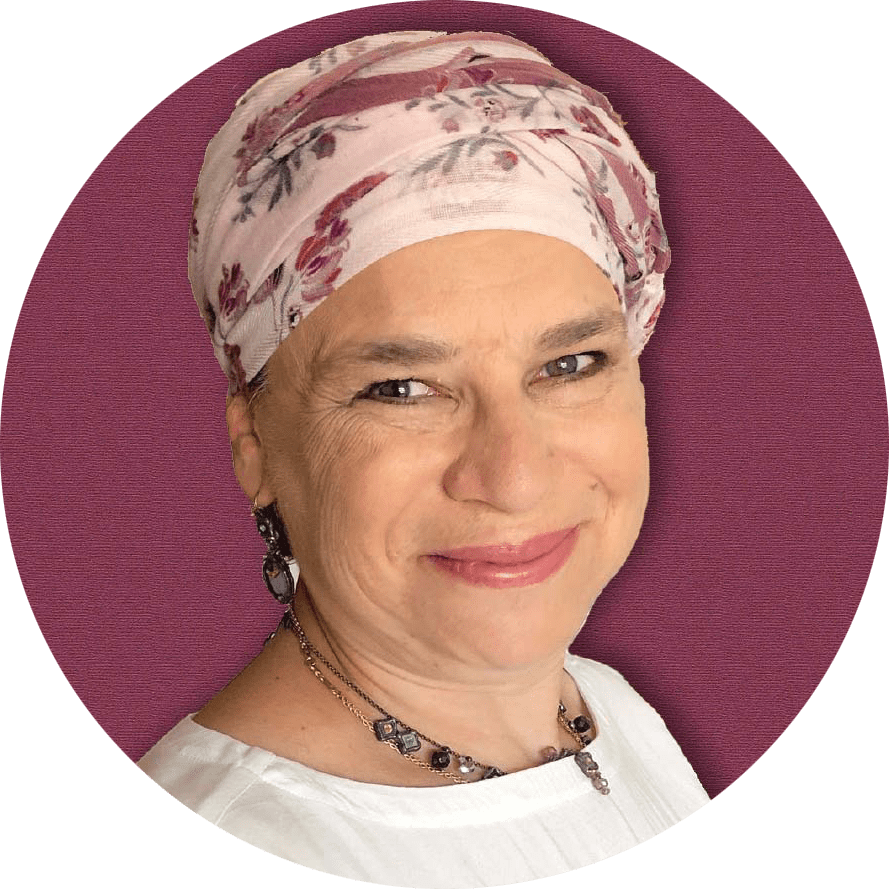
Teaching Tanakh to Weaker Students
In my roles as a Tanakh teacher and an instructional coach, my goal is to inspire Tanakh students to become engaged, proud, and even passionate Jews, fluent in Jewish literacy and deeply committed to the future of Jewish education and community. This goal is daunting under the best of circumstances; when teaching Tanakh to weaker students, it becomes more so. In this article I will outline some of the most ubiquitous challenges that arise from teaching Tanakh to weaker students and offer suggestions for navigating them based on my own experience as well as conversations with other educators and research from the field. I believe that navigating these challenges requires both modifications in practice and shifts in mindset, and I will outline each of them.
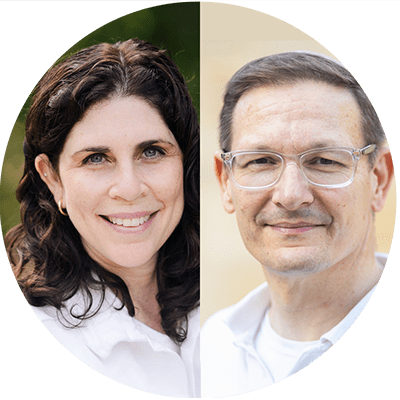
Student-Centered Learning in the Tanakh Classroom
For the past decade, educators have been using the term student-centered learning (SCL) but still finding it tricky and challenging to apply to the Tanakh classroom for a variety of reasons. One is the amount of time teachers must dedicate not only to teaching content but also to developing textual reading skills. Another is that teachers might feel reluctant to engage in a pedagogy they feel allows for too much free thinking and not enough respect for the mesorah, classical commentators, and tradition in general. Here we offer tips and strategies for how to introduce SCL into the Tanakh classroom in large and small ways. Differentiation and Social-Emotional Learning Are you differentiating in your classroom? Great! That’s one time-tested way to employ SCL in the Tanakh classroom.
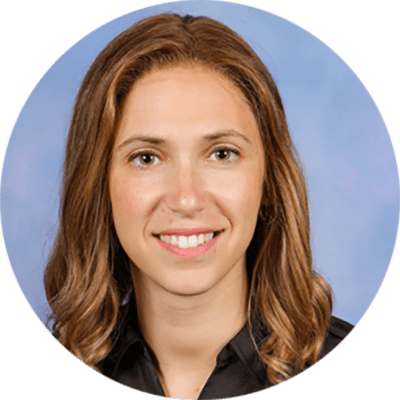
Outside the Box: A Values-Based Approach to Parashat Hashavua
Tanakh in dialogueWhat position does the Tanakh occupy in the life of an early teen? For many, the Tanakh resides in the mental box into which school is commonly placed—a box of academic pursuits, Hebrew language and grammar, Jewish history and Biblical knowledge. There is nothing innately wrong with this, to the contrary, Tanakh study certainly can and does involve these important elements. But a missed opportunity arises when compartmentalisation precludes Tanakh from forming dialogue with the other “boxes” that rise to prominence in the early teen years.Early teenagehood is often marked by questioning and exploration as students begin a journey of seeking to understand that which may have previously gone unquestioned.
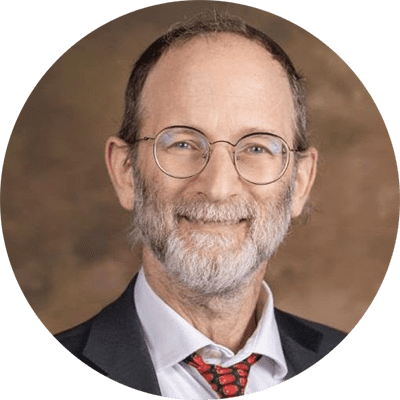
Building Tanakh Skills One Step at a Time With Manipulative Materials
“Give a man a fish,” the saying goes, “and you feed him for a day. Teach a man to fish and you feed him for a lifetime.” At Netivot, we have developed a Tanakh program that gives each child the personalized gift of feeding himself for a lifetime. The Montessori method is predicated upon the idea that each child, if provided developmentally appropriate opportunities, will inherently learn and grow and master at each phase of development according to his own individual needs. For this reason, in our classrooms, the expectation is not for children to memorize translations of text “chorally,” but rather to develop individually the skills to translate for themselves. Using key elements of the Montessori method, our students build a series of skills that allow them to tackle pesukim independently.

Bringing Nechama Leibowitz Into the Classroom
The written legacy of Nechama Leibowitz, in her gilyonot and books, has served and continues to serve as the basis for Torah study for many serious students of parashat hashavua, Tanakh, and parshanut. Her teaching methodology, as experienced by one of the authors of this article in 1988-89, in her weekly classes in her apartment in Jerusalem and in her weekly shiur at the Gruss Kollel, served as a model for how to teach Torah. Certain elements have been adapted, but we have found that her principle of encouraging independent thinking and individualized feedback gives students in middle school a personal connection with the text and empowers them to continue in their Torah study with positivity and self- assurance.
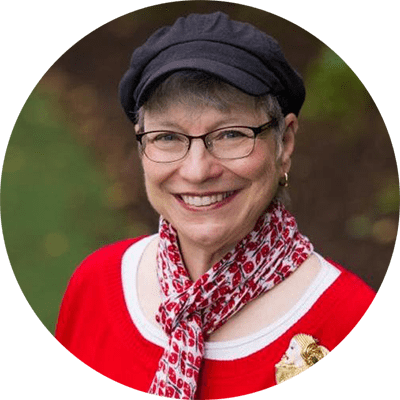
Opening the Middle School Window to Midrash
A number of years ago, when I was teaching the sections in Genesis about Abraham and Sarah to a girls’ middle school class, one of my students raised her hand and said, “I don’t like how much is missing in the Torah.” I asked her what she meant and she replied, thinking like a typical middle schooler, “Like, what did Abraham and Sarah talk about at night when they were just sitting around their tent?” After responding facetiously that Sarah probably asked Abraham what he thought about her new burka, I took the moment to answer the class seriously. This was a wonderful opportunity to deeply introduce my students to midrash as one way to fill in the “blanks” in the Torah text, to delve into the “spaces” in the text, and to teach us moral messages with which to inform our own lives.
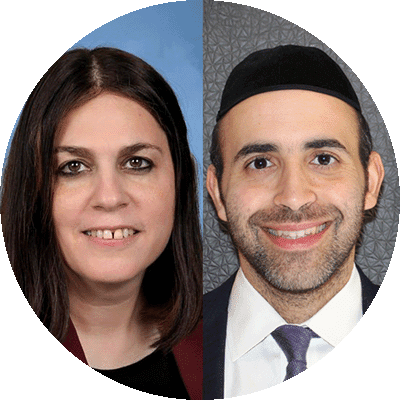
The Barkai Method for Teaching Humash
In the introduction to his book Who Knows Twelve, Rabbi Berel Wein explores a troubling phenomenon: the growing disconnect between the Jewish people and their sacred texts. Whatever the causes for its decline may have been, many Jewish day schools today are attempting to reinvigorate the study of Tanakh, recognizing its fundamental role in Jewish identity and education. Maimonides codified the necessity of studying Tanakh in Hilkhot Talmud Torah (1:7), asserting that it is a crucial component of Jewish life. Today, there is a growing recognition of the need to revive these ancient texts, which hold profound significance for Zionism, community, ethics, spirituality, identity, and much more. One noteworthy example of this revival is the Barkai educational system, developed in Israel by Rav Dan Be’eri more than 40 years ago.
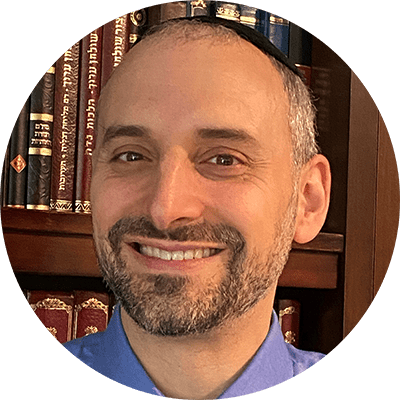
Introducing Sod Into the Tanakh Classroom
In my years of teaching Neviim and Ketuvim, one of my overarching goals was for students to gain an appreciation of why specific commentaries approached the same text differently. I spent significant time on both peshat and derash approaches, highlighting the strengths and weaknesses of each interpretation’s handling of textual issues. One experiment with introducing sod resonated deeply with some of the students and complemented the other work we were doing. I share that experiment here. Sod (literally, secret) is a mode of hermeneutical interpretation that sees the characters and storyline as being symbolic of fundamental themes. Although definitions of sod usually include mysticism, the relation to Kabbalah is only that sod reflects an interpretation that directly addresses giving insight into our relationship with God.

Heroes Within Reach
We read the Bible with the understanding that many of the characters described are our heroes, our Jewish archetypes. We pore over every action, every word, for insight into their thought and character, insight that can inform the same in us. These are not dry annals of the lives of figures from the distant past; these people are as alive today as we are—alive within us, within our synagogues and culture, because we study them so intensively and know them so intimately. Each of us knows the stories so well, that we know what happens between and behind the words.What is a Hero?But what does it mean to consider them heroes? In what sense does, or doesn’t, the Bible portray them as such? And more importantly, how does the Bible express what a hero is, and what makes someone heroic?
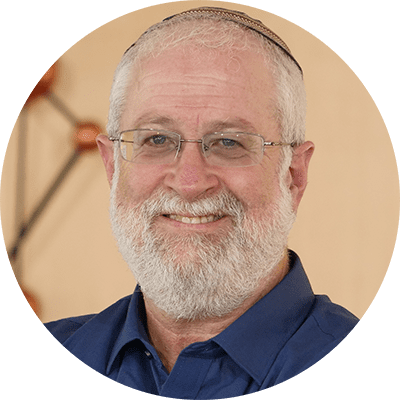
Tanakh as Our Story
Tanakh is the story of the Jewish people. This basic component of our identity and our tradition has tremendous spiritual and educational power which, unfortunately, is often untapped. In the following essay, we aim to show how this idea of Tanakh as the grand narrative of the Jewish people can be developed into a powerful educational opportunity. In tapping into Tanakh’s central narrative feature, we are not merely making Tanakh more interesting for our students. Since the times of Moses, the Jewish people has known that a good story does more than just pique an audience’s interest. In the words of Rabbi Sacks, “The Israelites had not yet left Egypt, and yet already Moses was telling them how to tell the story. That is the extraordinary fact. Why so? Why this obsession with storytelling?
Reach 10,000 Jewish educational professionals. Advertise in the upcoming issue of Jewish Educational Leadership.


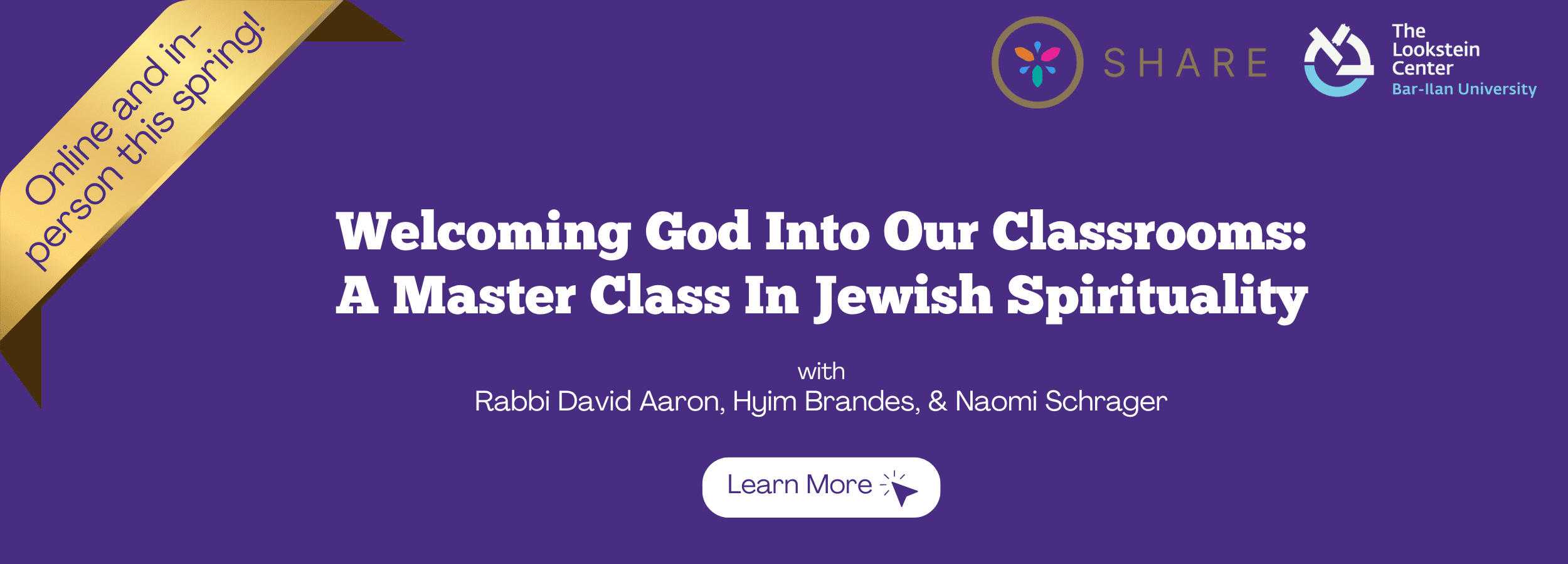
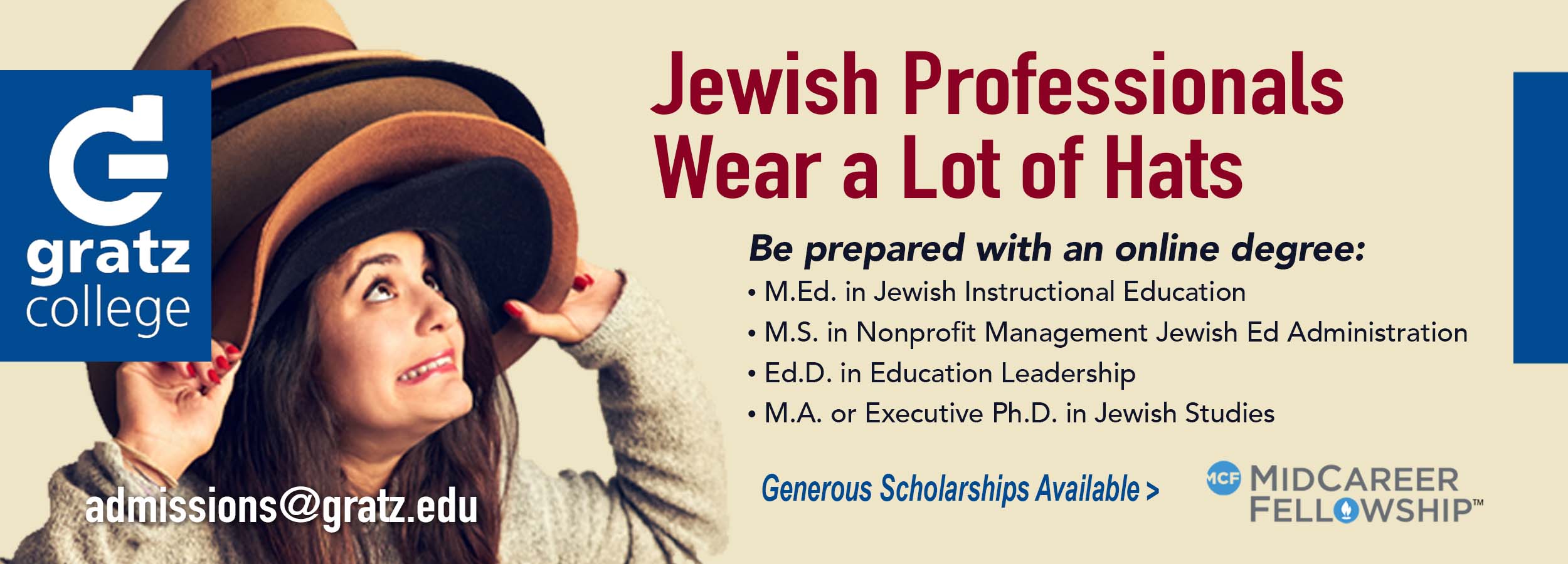


Very important article. It’s interesting because I wonder how many schools are actually thinking about this.
My experience in school was definitely different; I feel it was bifurcated – the teachers were focused on brain stuffing the content without thinking about character development and then trying to form our character without thinking about or referencing content.
What a reply!
This is an amazingly insightful and informative article that can have a lot of impact on young teachers!
thank you Ariella